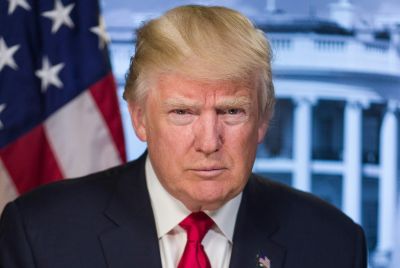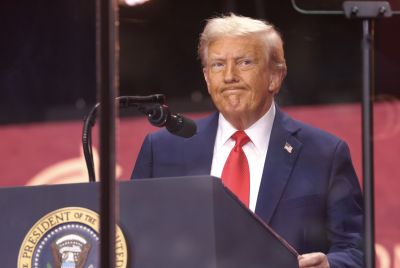Inflate the Way Out
The IMF estimates the U.S. gross outstanding public debt to GDP ratio at approximately 100% for 2011. Not good, but the U.S. can point to Japan and Italy as having higher ratios. But probably not many think that Japan's dismal economic picture is one that the U.S. should try to model itself on. Italy also has more than its share of economic issues and an economic framework that not many countries aspire to.
France, Germany and the U.K. all have lower outstanding public debt to GDP ratios. But again one would be hard pressed to suggest any of these countries as a role model for the U.S. The U.S. has nearly doubled its outstanding public debt to GDP ratio since 2000; and since 2008 U.S. public debt outstanding has exploded, increasing nearly $5 trillion.
About half of the people who file Federal income tax returns in the U.S. pay approximately 100% of the Federal income tax, with the top 10% paying nearly 70% of personal tax revenues. The Federal deficit in 2011 as well as the past few years has added approximately $20,000/yr to the tax liability of each of the 75 million personal income tax filers who pay the income tax. Those filers are the marginal source of tax revenue.
Marginal tax rates on those filers have varied over time but the annual amount of tax revenue collected by the Federal government from either higher rates or lower tax rates hasn't fluctuated much. The reason is that taxpayers vary their behavior. When marginal tax rates increase more effort is spent on avoiding the higher rates and tax revenue lessens. Likewise with a decrease in rates workers have less incentive to avoid the lower taxes and tax revenue increases.
The starting point is that the U.S. tax system generates Federal tax revenue of approximately 18% of GDP while Federal outlays are in the range of 23% to 25% of GDP. The U.S. has three options to reduce its Federal deficit: 1) decrease outlays, 2) implement a new tax or 3) inflate the economy and pay back Treasury debt holders with cheaper dollars.
Much of the spending increase has occurred since 2007 so a workable option is to decrease outlays as a percent of GDP to the 2007 level which was nearly 20%. That would solve much of the Federal deficit issue, and economic activity would be enhanced with a smaller percentage of the economy spoken for by the Federal government. The political feasibility of that is probably small with the current Administration but the economic benefits would be large.
The second option is to implement a new tax such as a value-added tax of perhaps 10%. That might solve part of the deficit issue but it would slow economic activity and perhaps create more unemployment and underemployment and ultimately perhaps increase the deficit. The political feasibility of a new tax is very small with the current makeup of the House of Representatives and the economic cost of a value-added tax would be high. It would guarantee slow-growth as demonstrated by many European countries.
Significantly higher inflation would be another option. Chairman Bernanke's QE2 is a good first step in that direction. President Obama reappointed Mr. Bernanke as Chairman of the Federal Reserve in August 2009. Administration officials may have figured that it was time for the Chairman to pay back the President last year. Chairman Bernanke made the case for QE2 from August 2010 up until its rollout in November 2010. That just happened to be a year after President Obama appointed him and coincided with the runup the November 2010 Congressional elections.
In terms of timing it looks a lot like the Obama Administration decided there was slim hope of getting a new tax implemented, so it may have been suggested that Chairman Bernanke dream up a method to run the inflation rate higher. Bernanke's $600 billion QE2 is a good first step in that process.
Will there be a QE3? One certainly hopes not. But if there is, it will be clear to everyone the route the Administration has chosen. Higher inflation is the option so as to pay back holders of Treasury debt with cheaper dollars.
Mike Cosgrove, principal at Econoclast, a Dallas-based capital markets firm, is a professor at the University of Dallas
© Copyright IBTimes 2025. All rights reserved.





















